In the field of architecture and construction, sandstone and limestone are one of the most widely popular natural stones among architects and homeowners. Due to their exciting visual appeal and sturdiness, these natural stone elements have been used by architects for many centuries. Be it paving a garden, laying down a pathway, sprucing up a wall, or any other architectural work, both these stones emerge as the top choice by sandstone and limestone exporters. Let’s get to know more about them in this post.
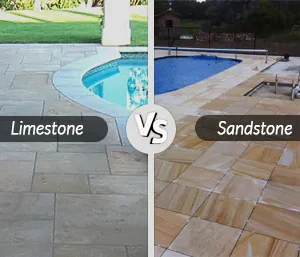
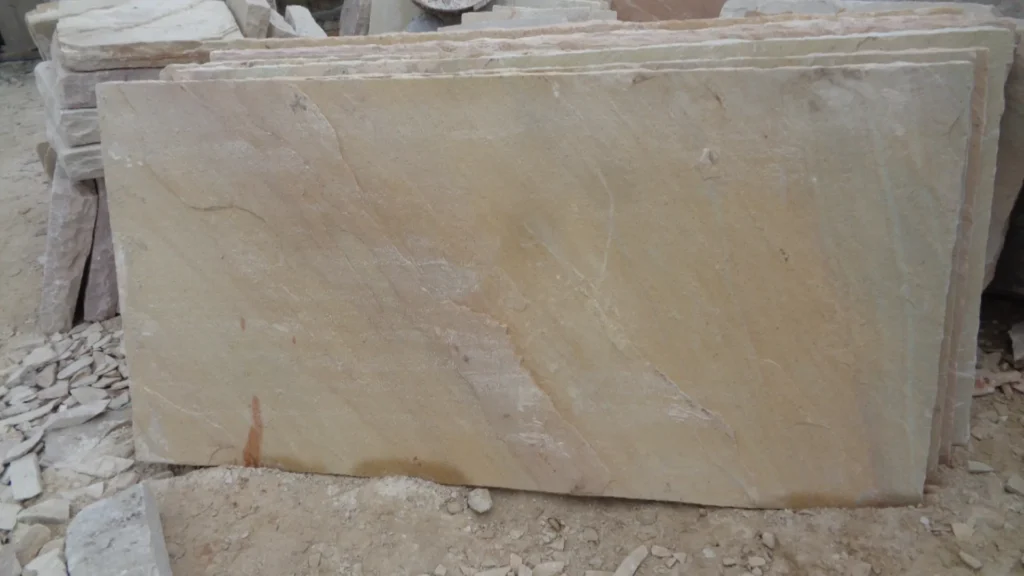
What is sandstone?
When sand grains are compressed and cemented together over the course of thousands or millions of years, sandstone, a sedimentary rock, is created. The quartz or feldspar minerals that were worn off of other rocks and pulverised into pebbles frequently make up the sand grains.
The colour of the sand grains or other impurities that sandstone may include affects its overall appearance. In Kansas, outcrops might be brown, orange, or purplish red. Sandstone formations, or layers, are frequently porous and permeable, which means they contain tiny pores or holes that link and for fluids to pass through. Drilling into subsurface sandstone formations where water and oil have gathered results in their production.
What is limestone?
Calcium carbonate, often known as calcite (CaCO 3), makes up more than 50% of the sedimentary rock known as limestone. Limestone comes in a wide range of forms and is created via several procedures. Limestone can originate from the shells of extinct marine animals or it can be precipitated from water (non-clastic, chemical, or inorganic limestone). It can also be produced by algae and coral (biochemical limestone). Some limestones, known as clastic limestone, are created when sand and/or mud are cemented together by calcite. These limestones frequently resemble sandstone or mudstone in appearance. Since calcite is the main mineral in limestone, diluted hydrochloric acid will cause it to fizz.
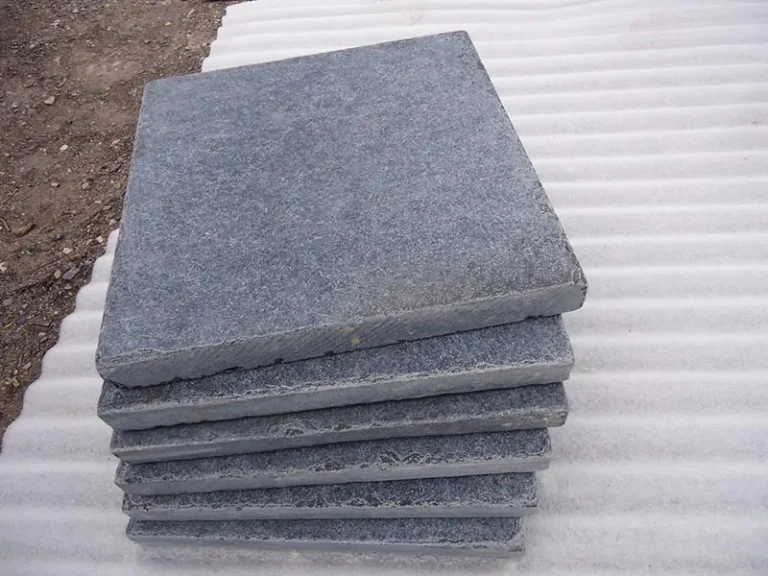
Important Characteristics of Natural Stones
Sandstone and limestone are both strong and long-lasting. The stones are excellent choices for paving outside because of their high ratings for weather resistance and physical wear. A number of structures that are still standing tall and robust were constructed using both stones equally. Despite the similarities, sandstone is simpler to deal with than limestone since it is softer. Due to this, the stone is also more vulnerable to scratching or denting, particularly in indoor applications. However, it is frequently used in construction and has a higher density than limestone.

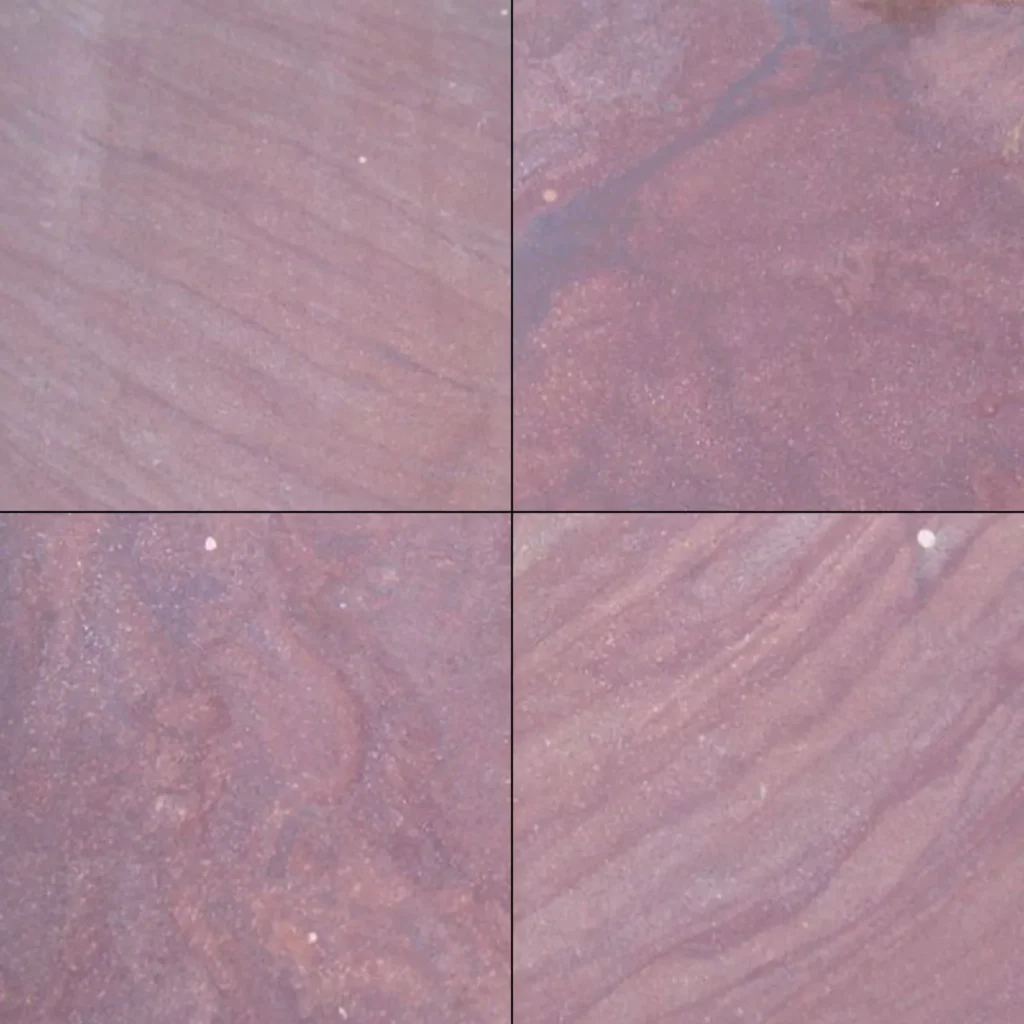
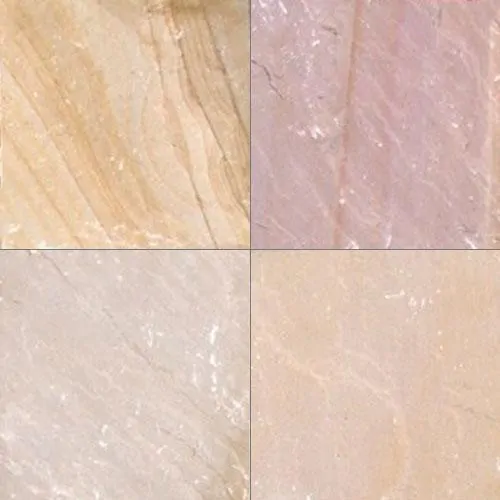

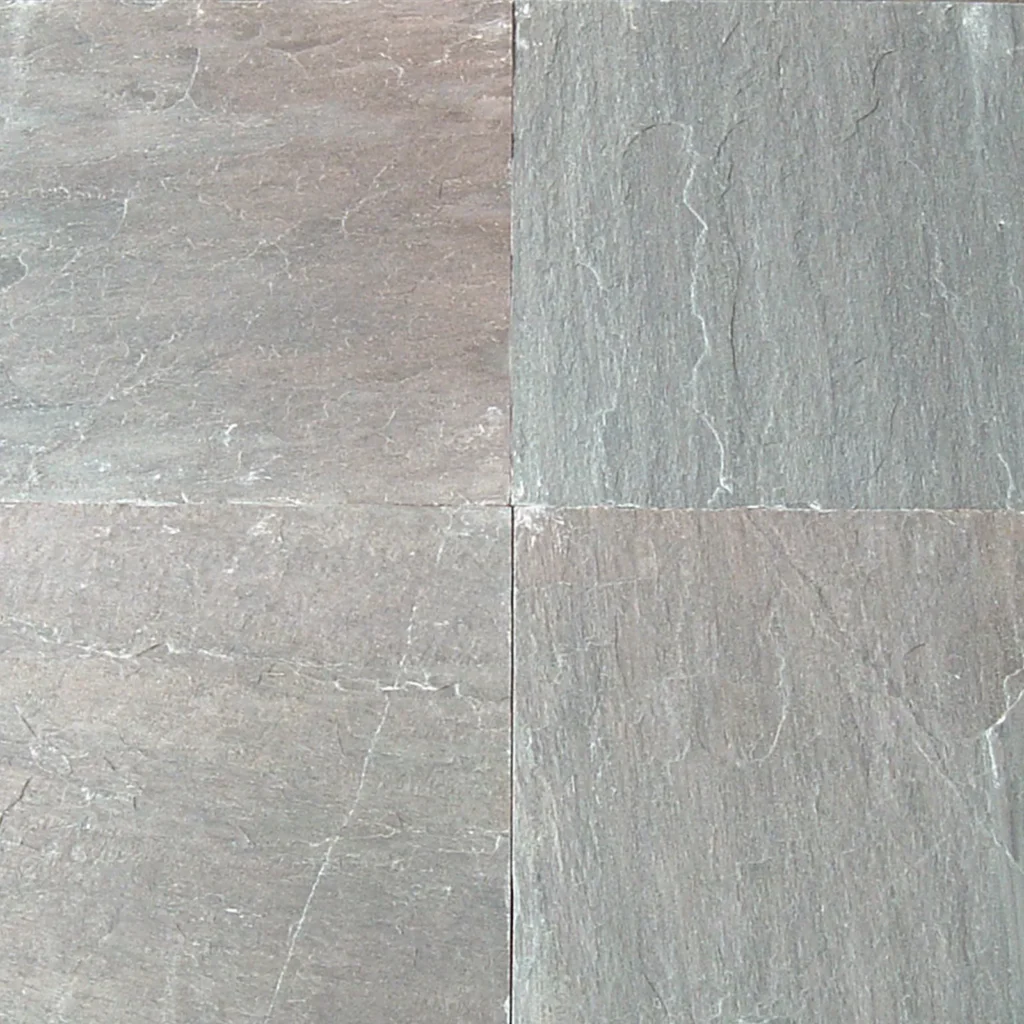

Since limestone is a calcite rock, it reacts vigorously when exposed to strong acids. Avoid using acidic solutions to clean limestone pavers and take safety measures to prevent stains. Sandstone is simple to clean and wash with chemicals since it does not react to mild acids. Sandstone, however, may be harmed by strong acids.
Water Absorption – Both sandstone and limestone are water-resistant, albeit sandstone is somewhat more porous and absorbs more water than limestone. Sandstone is also unaffected by water due to the treatments and sealants that have been put to the surface. A pool or other wet area might be surrounded by limestone or sandstone. However, we advise you to examine the stones wet before making your purchase. This will enable you to select the stone that best matches your needs.
Slip Resistance – Sandstone is naturally slip-resistant due to its sandy, grainy structure. As a result, it performs very well in moist environments like swimming pools or outside when it rains often. Limestone is the same way. However, polished limestone should not be used in interior spaces because it is slick when wet.
Limestone seems more uniform and flat than sandstone, which makes it ideal for roads and covered patios. Because of their uniform surface, limestone is perfect for driveway, patio, and inside applications. For a neat and consistent appearance, you might use Indiana White. The smoothness of limestone pavers makes them stand out, although this stone has less color variations.
Sandstone, on the other hand, offers more variety in colors and textures when sourced from leading sandstone exporters in India. The color-grading in Sandstone looks better than Limestone. No two Sandstone will be uniform or have the same color. For a classic, natural look, you can go for Modak Sandstone in honed finish that can be used for indoor and outdoor applications.
Affordability – The cost of Sandstone is not as high as compared to Limestone or other varieties of marble. Locally available Sandstone is way cheaper than cement or concrete. The fact that Sandstone can be easily worked with reduces a fair share of operating costs (labor cost and time). Sandstone hence is the winner when it comes to affordability.
The Conclusion
Limestone and sandstone have comparable qualities and maintenance requirements. Limestone would be a good option if you’re searching for something to utilise as outside or interior flooring. Sandstone works best for color and textural variety. The stone you choose for your project will depend heavily on your spending plan and intended use. Being of the leading sandstone suppliers and exporters in India, Regatta Universal Exports will send your selection as soon as is practical.
